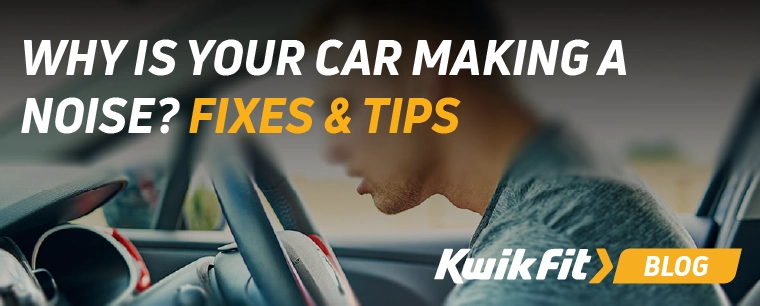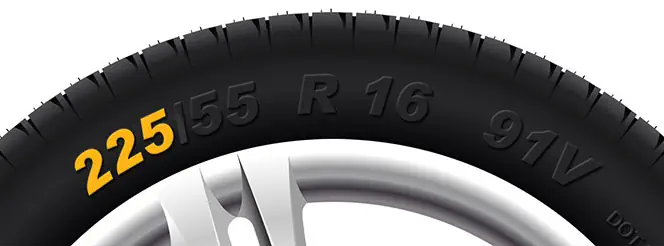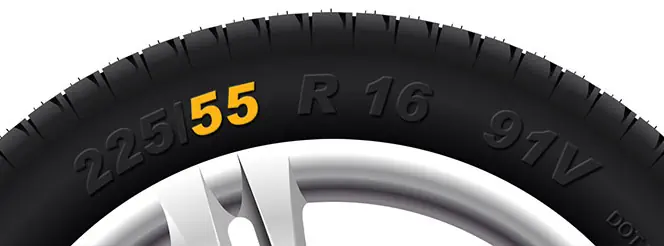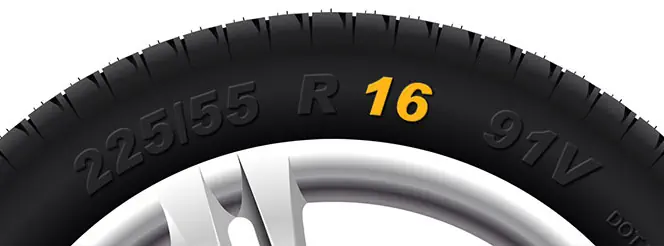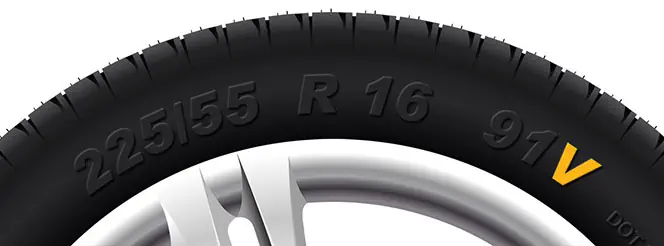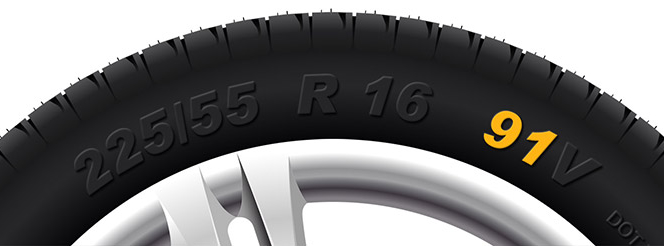Reading The Signs: A Guide To UK Road Signs
Jessica Bird | Thursday 7th August 2025 3:00pm
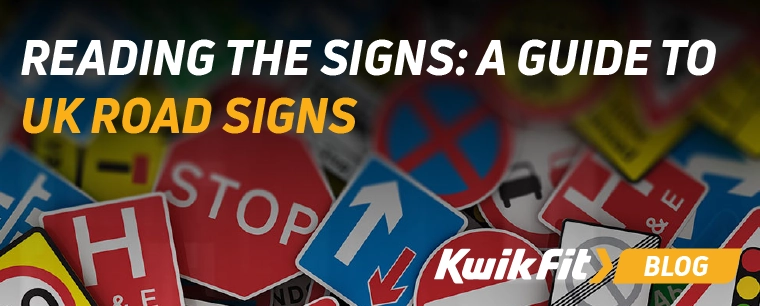
There are over 4.6 million road signs in the UK, all designed to keep road users safe and ensure that traffic moves freely without accidents.
But, with hundreds of different variations and sign types, it can be difficult to remember what they all mean and the differences between them.
In this blog, we’ll explain the main types of UK road signs before covering the commonly misinterpreted signs and sharing the best resources for drivers looking to swot up on all the road signs and what they mean before their theory test.
Survey shows drivers don't know their road signs
We conducted a survey which found that many drivers couldn’t identify the road signs we showed them, despite many believing they had a good understanding of the meaning of most signs.
We showed our survey respondents a number of UK road signs and asked them to identify their meanings.
- The least known road sign was for 'End of minimum speed limit' with nearly 8 out of every 10 incorrectly guessing the meaning of the sign, and half believing the sign to mean the end of a maximum speed limit zone.
- Another sign that confused many people was for ‘All vehicles prohibited except bicycles being pushed by pedestrians’. Only 25% knew the meaning, perhaps due to the limited information and lack of pictograms that the sign provides.

We also found that the public were no better at identifying road markings than they were the signs, with an even greater level of confusion over some of the most common markings.
As many as 9 out of 10 respondents did not know the marking for 'Hazard ahead' – surprising considering the important warning the sign is giving. A further 46% were unaware of the road marking for 'Give way'.
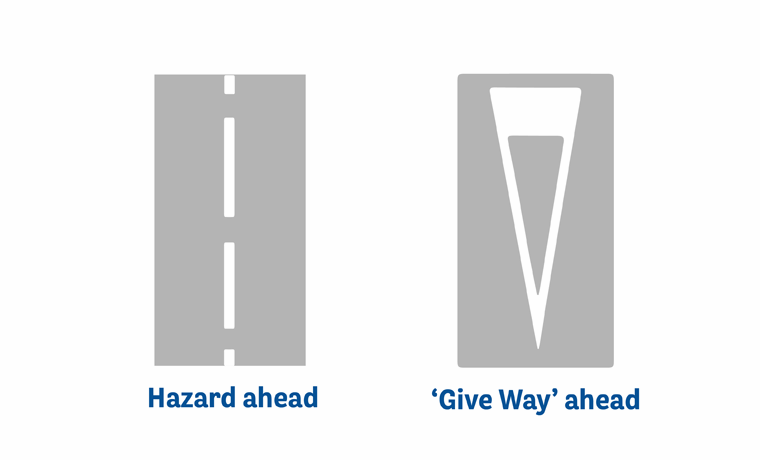
Not understanding or being confused by the exact meaning of a road sign or marking could easily lead to unintended consequences and breaking the Highway Code.
Based on our research, 2 in 5 Brits have made mistakes as a result of misinterpreting road signs including:
- Unintentionally breaking the speed limit (16%)
- Having to brake suddenly as a warning sign was misinterpreted (15%)
- And slowing down as a precaution, causing a buildup of traffic (9%).
All signs on the roads & what they mean
There are hundreds of different road signs each with their own message and meaning, however, most signs can be classified into different categories based on their shape, colour, and purpose.
As a simple breakdown, road signs can be broken down into signs giving orders, warning signs, direction signs, information signs, and roadworks signs. If you’re trying to learn your signs, we’d suggest using each of those categories as a guide.
What do triangular signs mean?
Triangular road signs, usually with a red border and a white background, are always used as a warning to drivers, letting them know that there may be hazards ahead, such as:
- Sharp bends
- Animals crossing
- Junctions
- Uneven road surfaces.
What do circle road signs mean?
Circular road signs are intended to give orders that must be obeyed; they come in various colours to denote their severity.
- Red circles or rings indicate a prohibition (EG: ‘You must not make a U-turn”).
- Blue circles usually indicate what you must do, EG: ‘You must turn left’).
- White circles typically indicate a speed limit.
What do rectangular road signs mean?
Rectangular road signs are used to give directions and helpful information to motorists, such as where a point of interest is or where a route leads. Like circles, these are also broken down into colours.
- Blue rectangle road signs provide information for drivers on motorways.
- Green rectangle road signs give information on primary routes.
- White rectangle road signs give information on non-primary routes.
You may also see brown signs, though these are usually in the shape of a rectangular arrow. Brown signs show the location of local amenities or facilities like campsites or pubs.
Putting all that together, here’s a handy guide to help you remember what the different shapes of road sign mean:
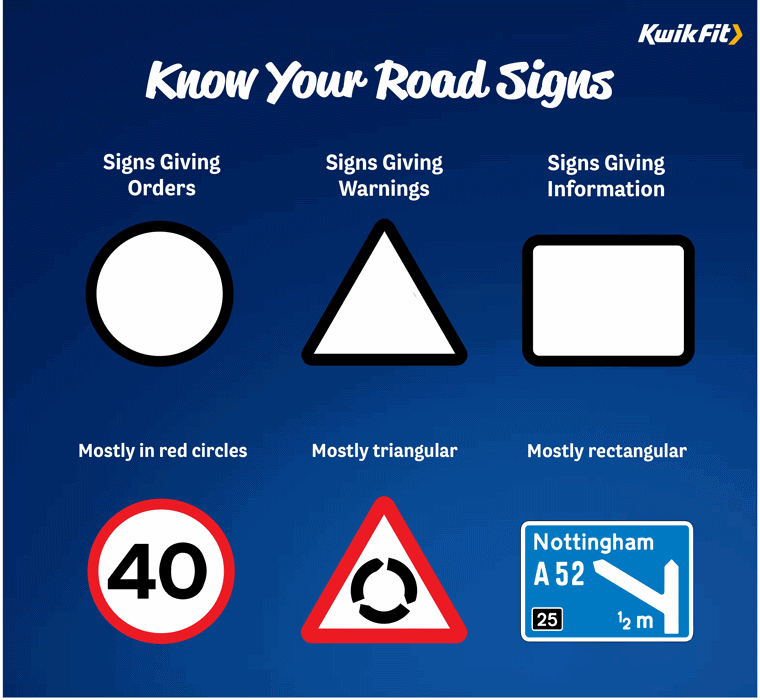
Road signs that commonly catch drivers out
While it would take forever to explain what every sign on the road means, let’s cover some signs that frequently catch drivers out.
| Sign | Name | Explanation |
|---|---|---|
 |
Clearway | Drivers are not permitted to stop under any circumstances. |
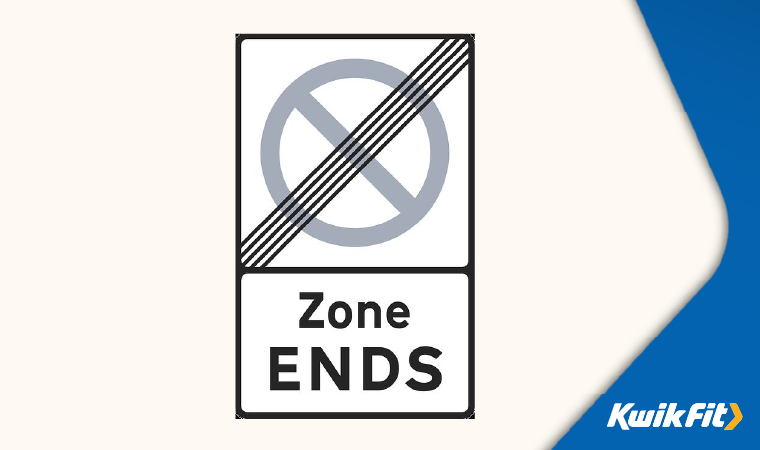 |
Zone Ends | Marks the end of a local parking restriction zone, signalling charges usually do not apply past this point. |
 |
No Entry | No entry is permitted to any vehicular traffic. |
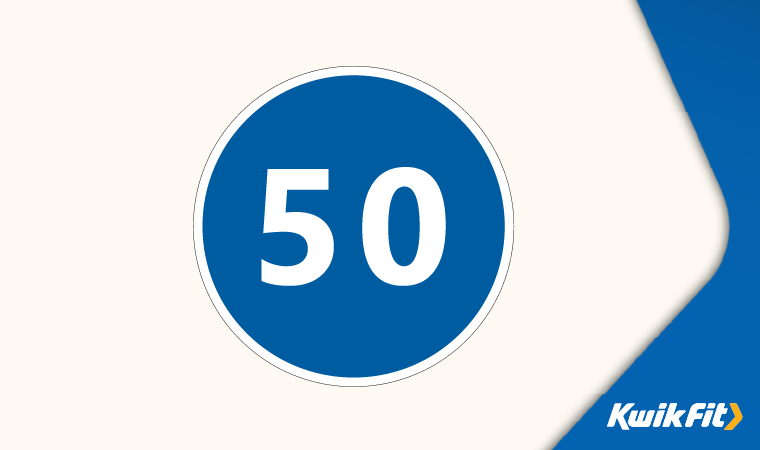 |
Minimum speed limit | This is the minimum speed limit you can travel along a certain stretch of road. |
 |
With-flow bus lane ahead which pedal cycles and taxis may also use | A bit of a mouthful, this road sign indicated a multi-use bus lane where taxis and bicycles can share the lane. |
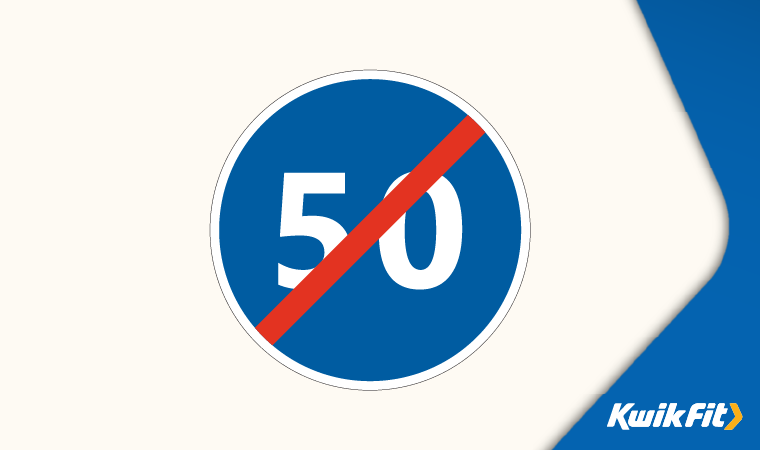 |
End of minimum speed limit | Indicating the end of an area where a minimum speed limit has been in place. |
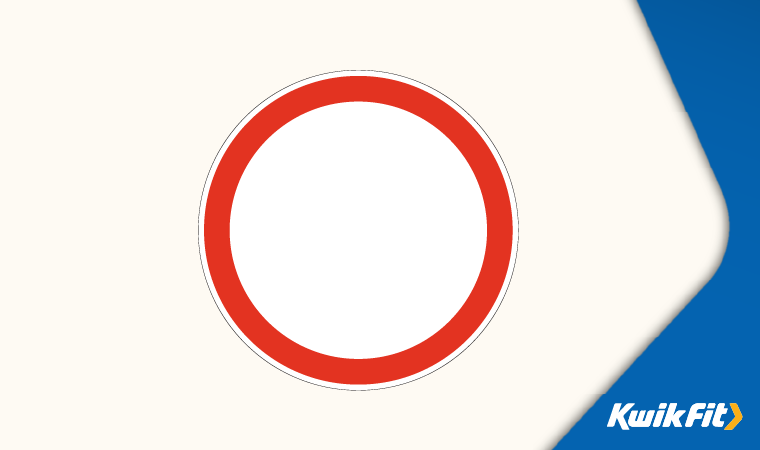 |
All vehicles prohibited except pedal cycles being pushed by pedestrians | A road sign that seems lacking in detail, an empty red ring signifies that no vehicles are allowed to enter, apart from a person pushing a bike. |
Resources for learning road signage
If you’re swotting up for your theory test and need a comprehensive guide to all the road signs, here are some helpful resources:
Who created the UK's road signs?
Finally, for some trivia. In the mid-sixties, Margaret Calvert and her colleague Jock Kinneir designed the signage and typeface that would be used across the entire road network in the UK to provide drivers with information, regulations and warnings about the road ahead. And Calvert’s iconic pictograms, which include ‘Men At Work’ and ‘Schoolchildren Nearby’, are still in use today and have remained unchanged in over 50 years.
Stay safe on the roads with Kwik Fit
Whether you’re cramming for your theory test, brushing up on skills before your practical, or refreshing your memory long after you’ve passed, knowing the signs and rules of the road always stands you in good stead for safe, smart driving.
Make sure your car is in tip-top shape for safe driving too with a free vehicle safety check at your local Kwik Fit. In the meantime, learn more about the fundamentals of driving with our collection of guides.
Any facts, figures and prices shown in our blog articles are correct at time of publication.
Featured Articles
Is it Illegal to Drive With One Headlight?
Saturday 19th July 2025
Wondering if it’s illegal to drive with one headlight? Learn about the safety risks and penalties of illegal blown bulbs and why you should fix them promptly.
Air Con in EVs & Hybrids: Experts Answer Your Questions
Monday 30th June 2025
Does air con drain EV batteries? Can you use the air con while charging an electric car? Find out the answers to these questions & more from Kwik Fit’s experts.
Why Is Your Car Making a Noise? Fixes & Tips
Friday 13th June 2025
When your car starts making unexpected noises, it can certainly be quite disconcerting; it may be nothing to worry about, but here’s what you need to know.




